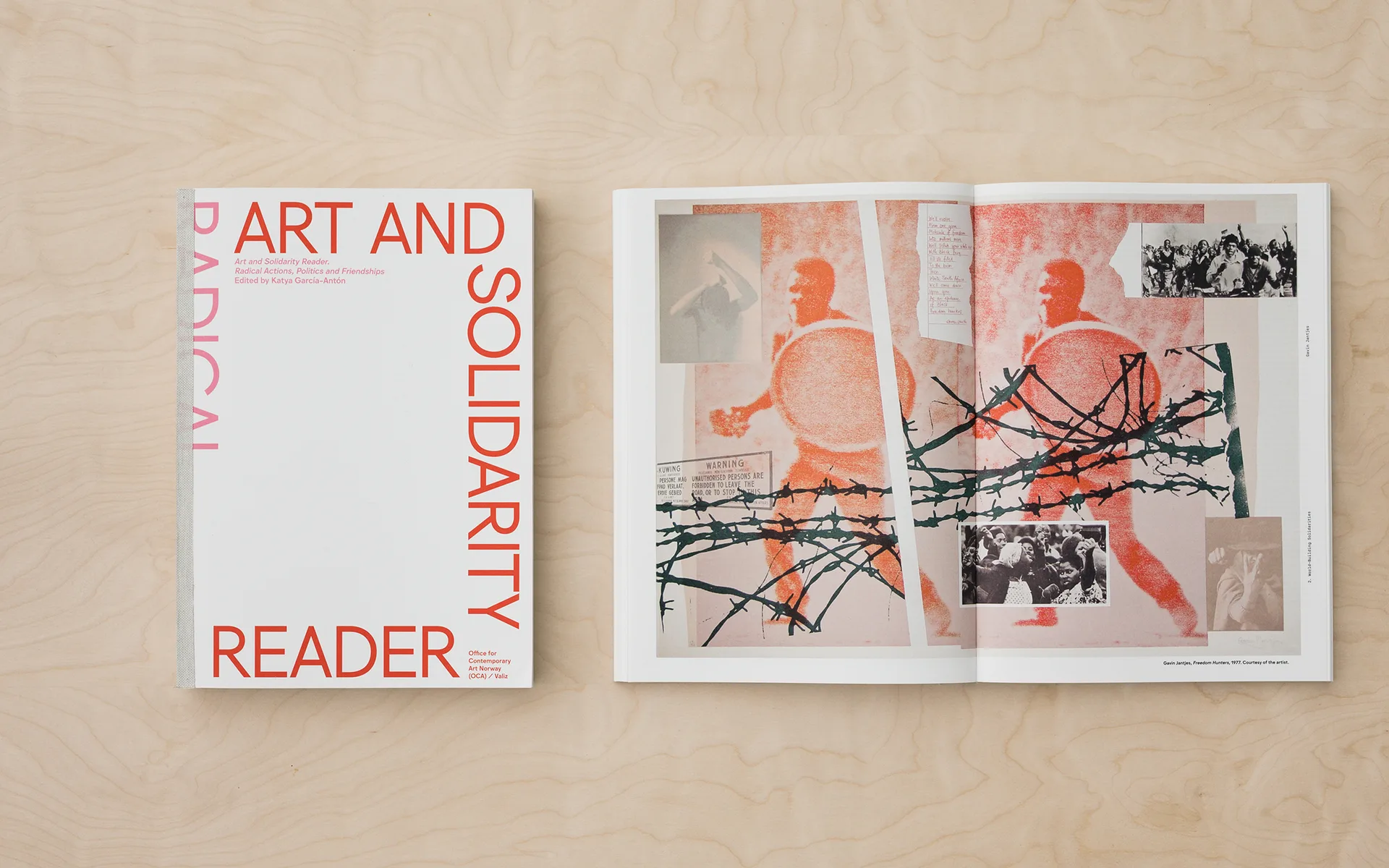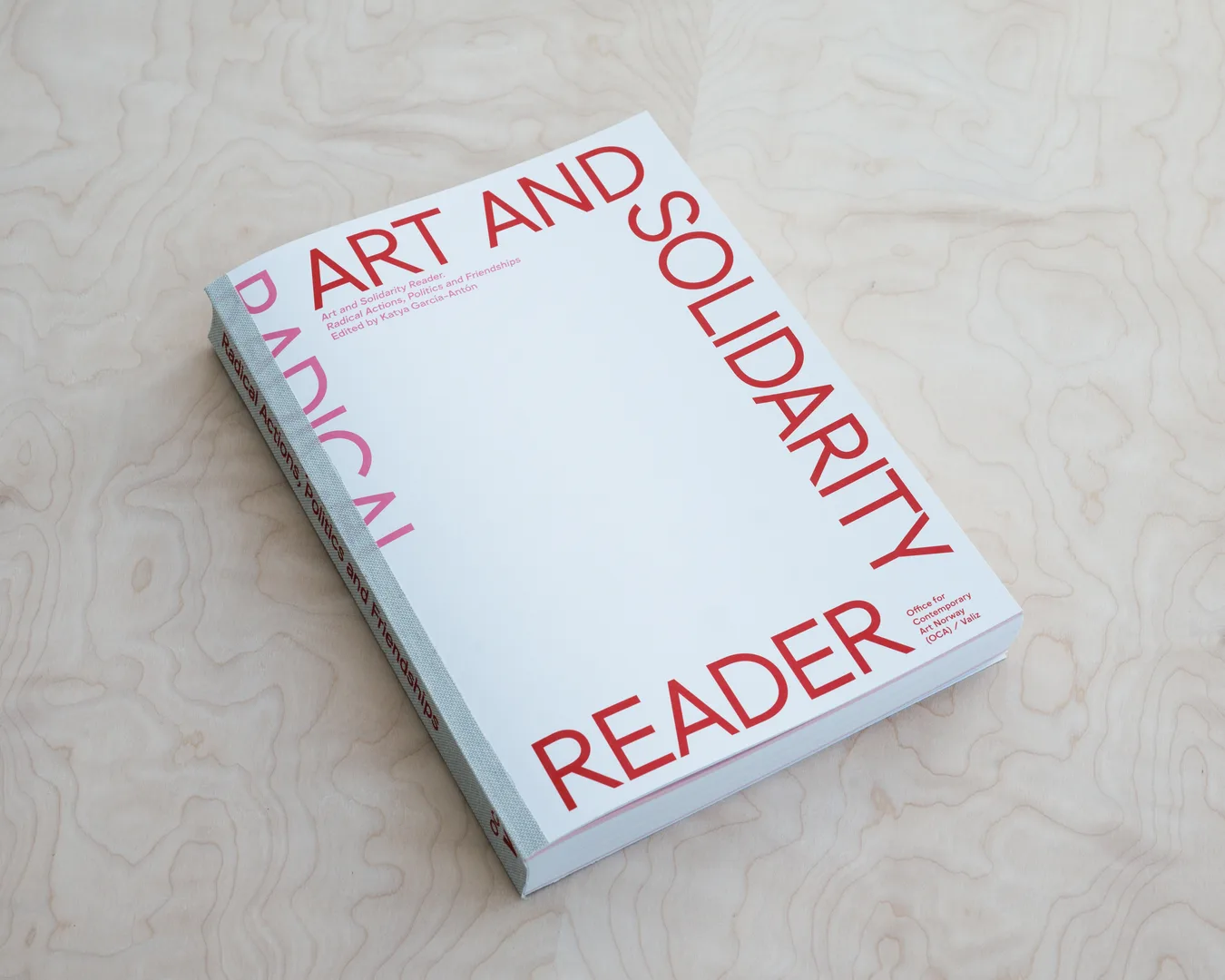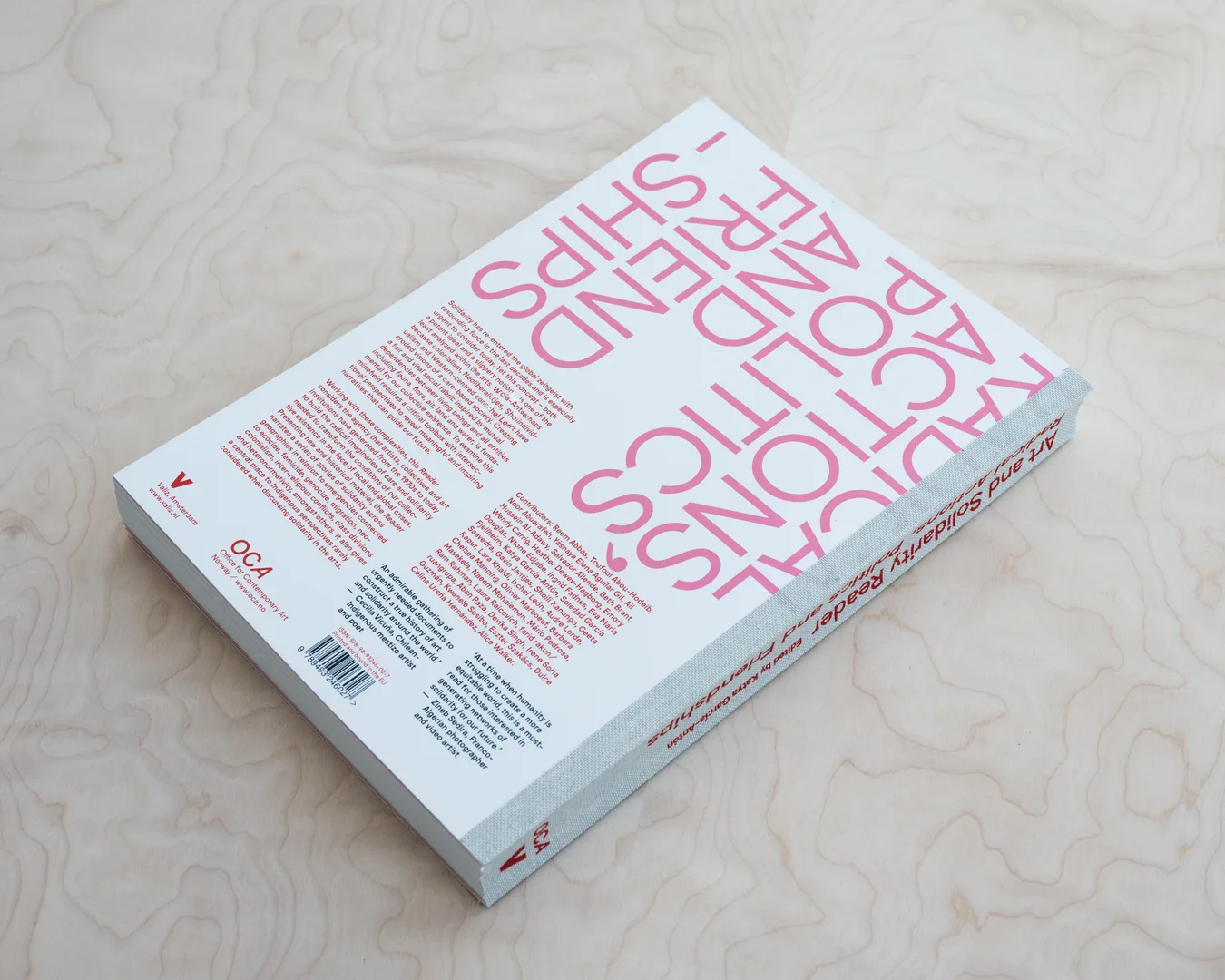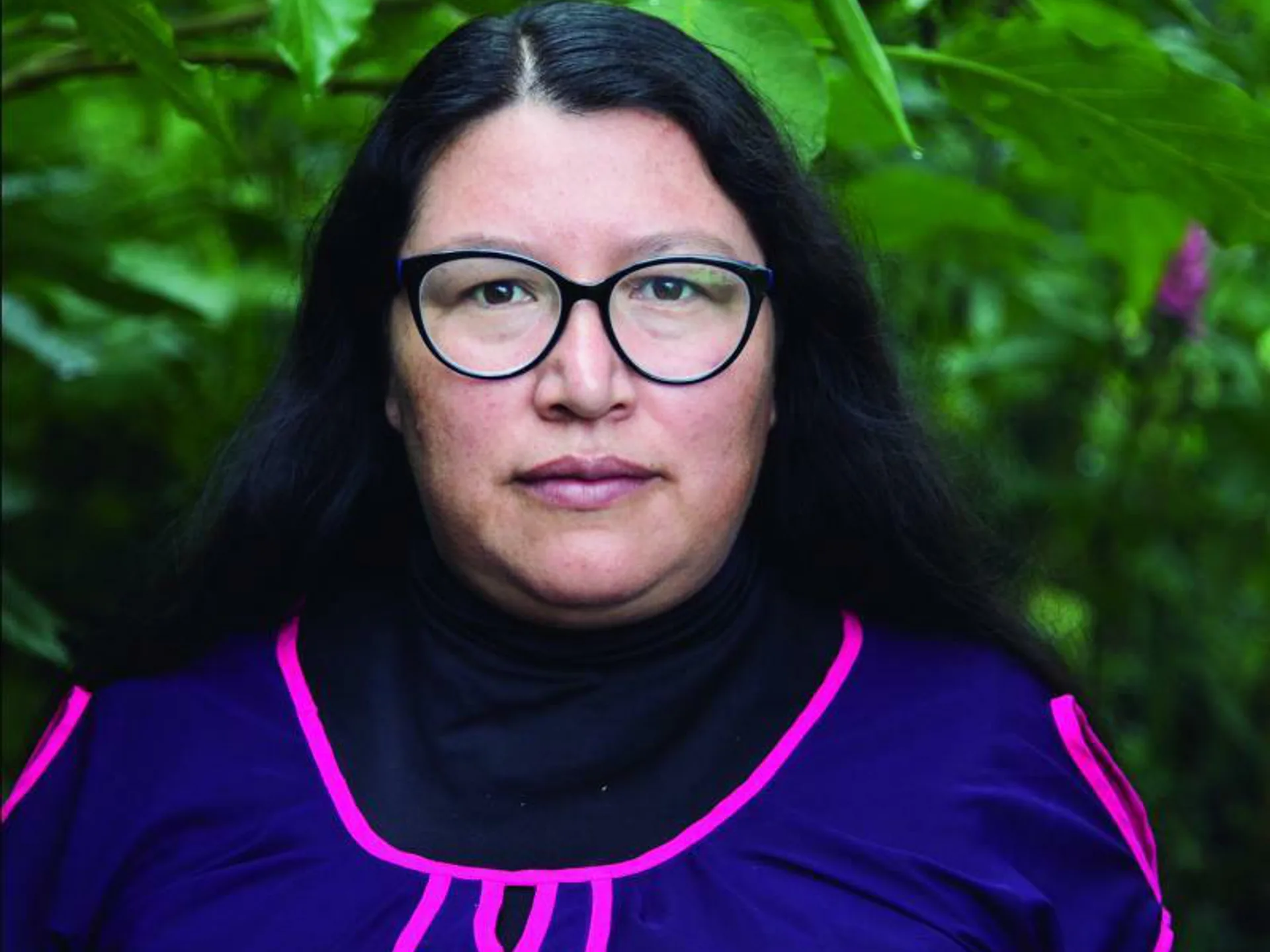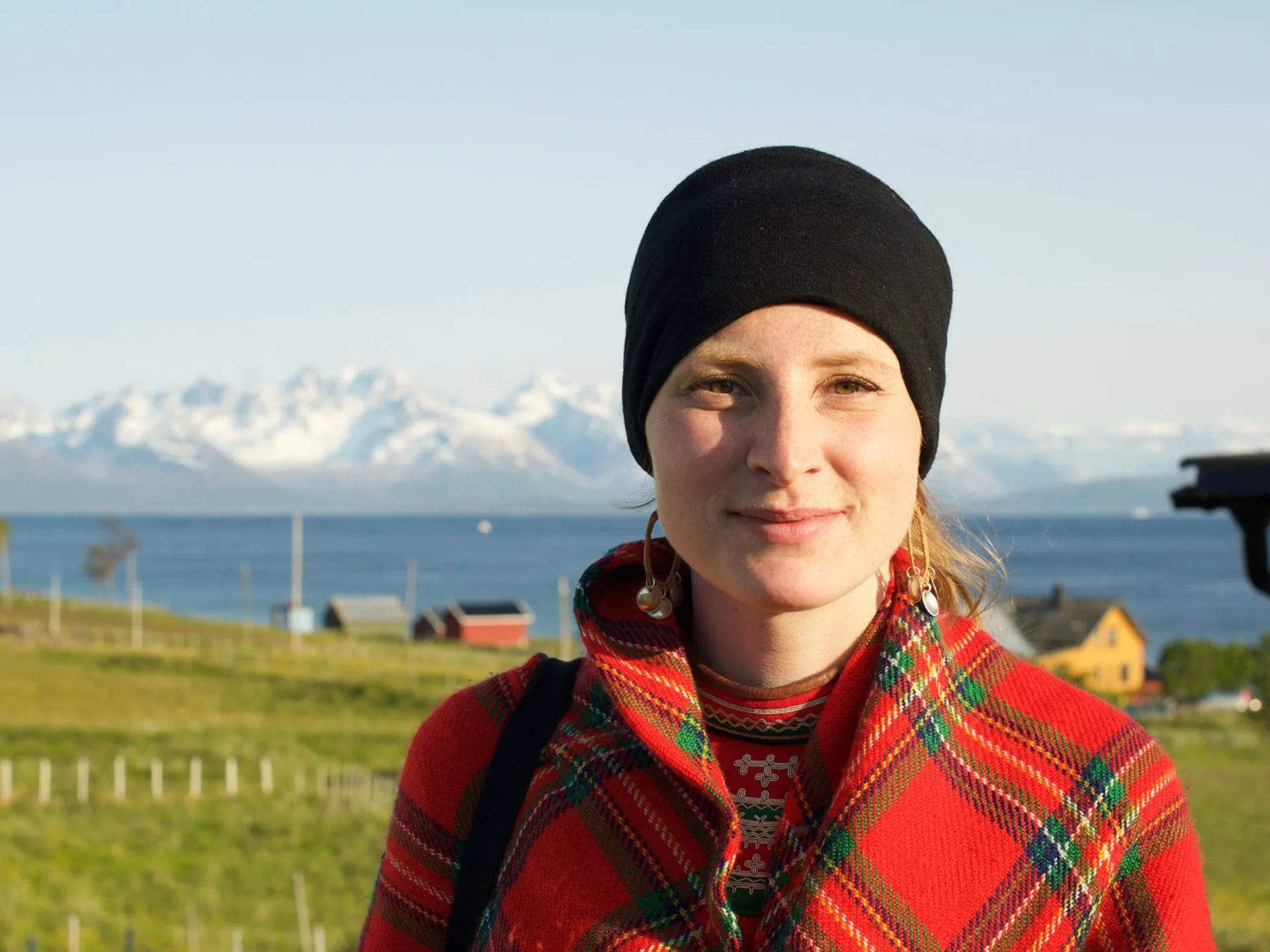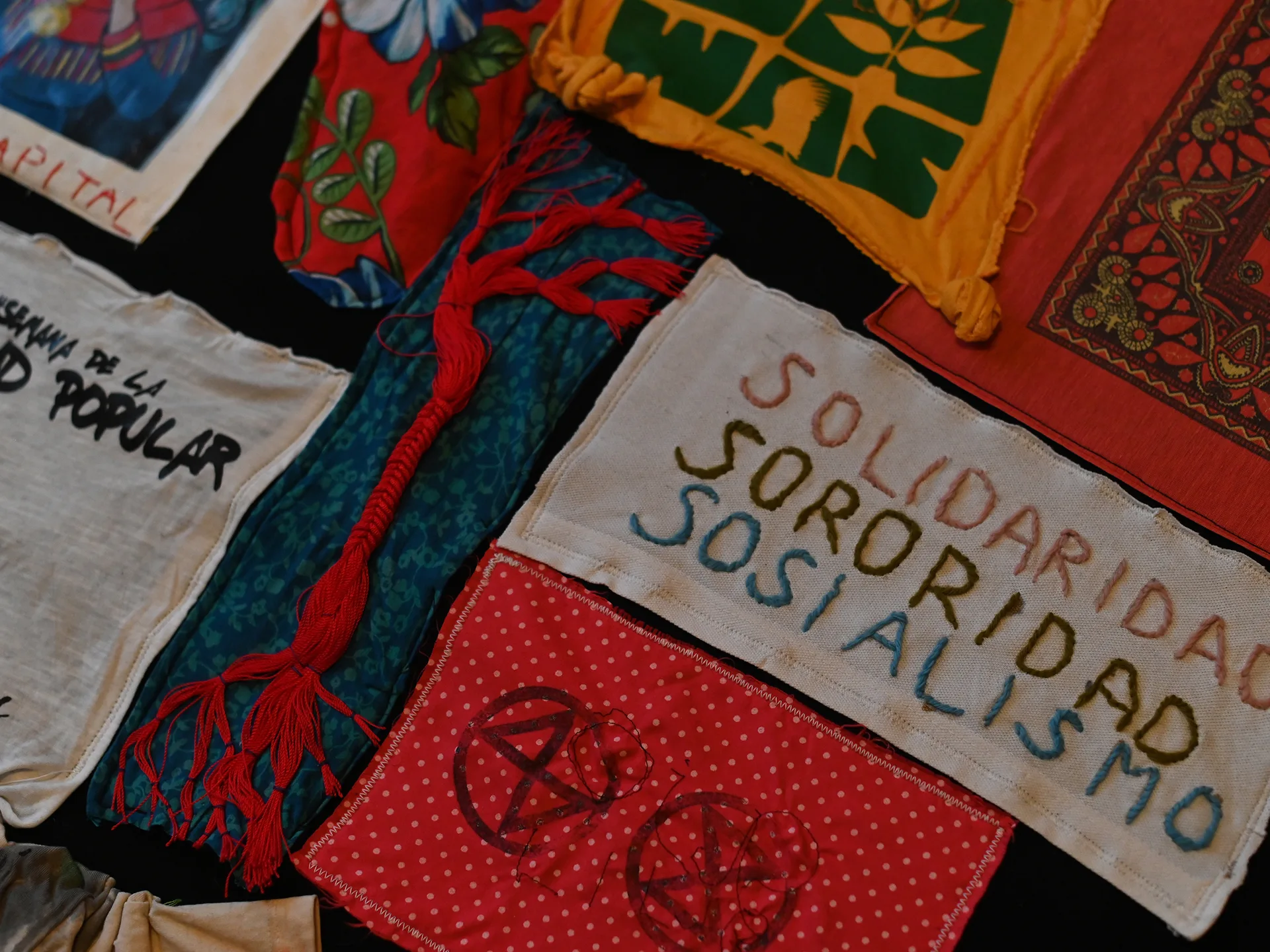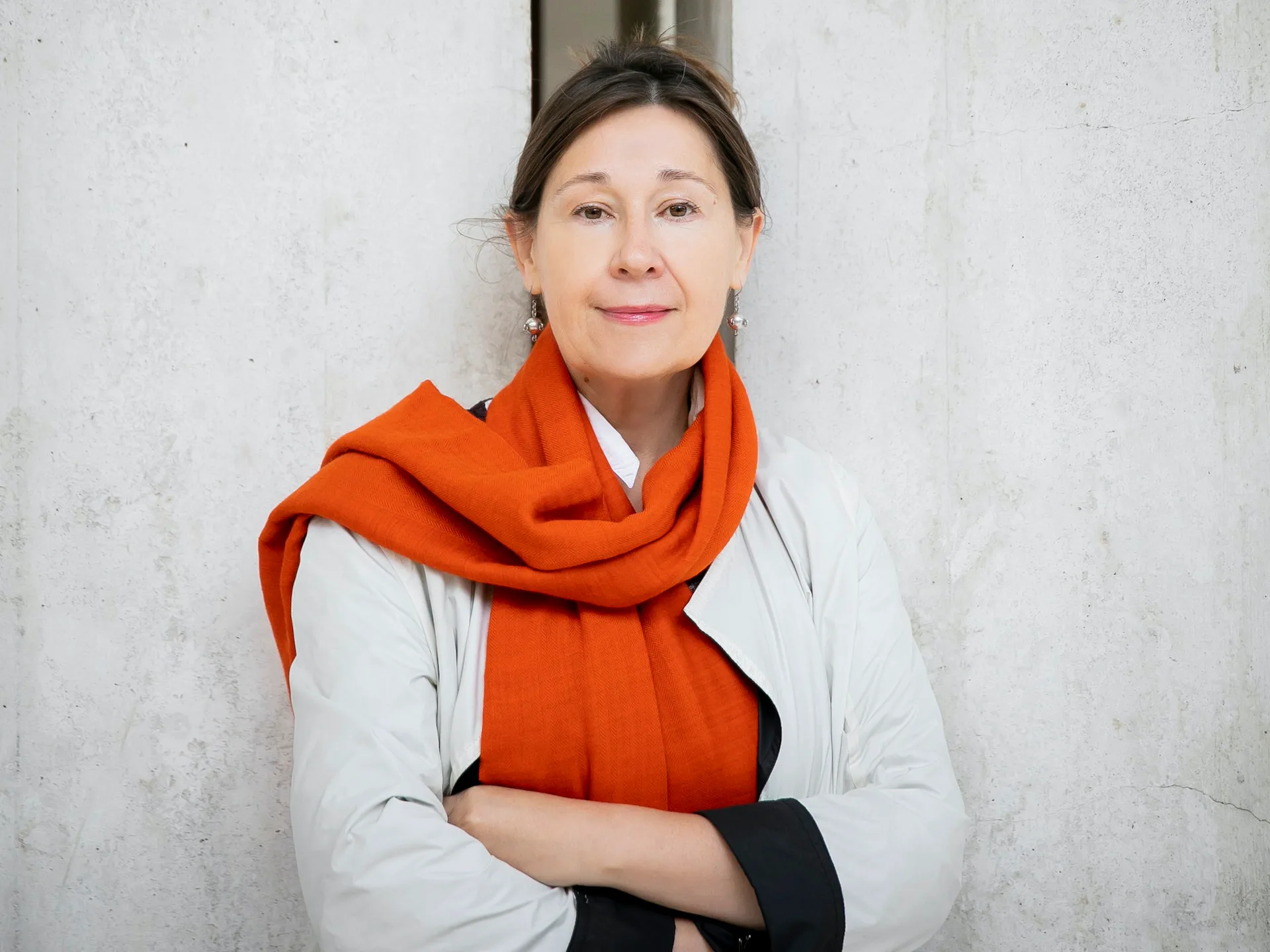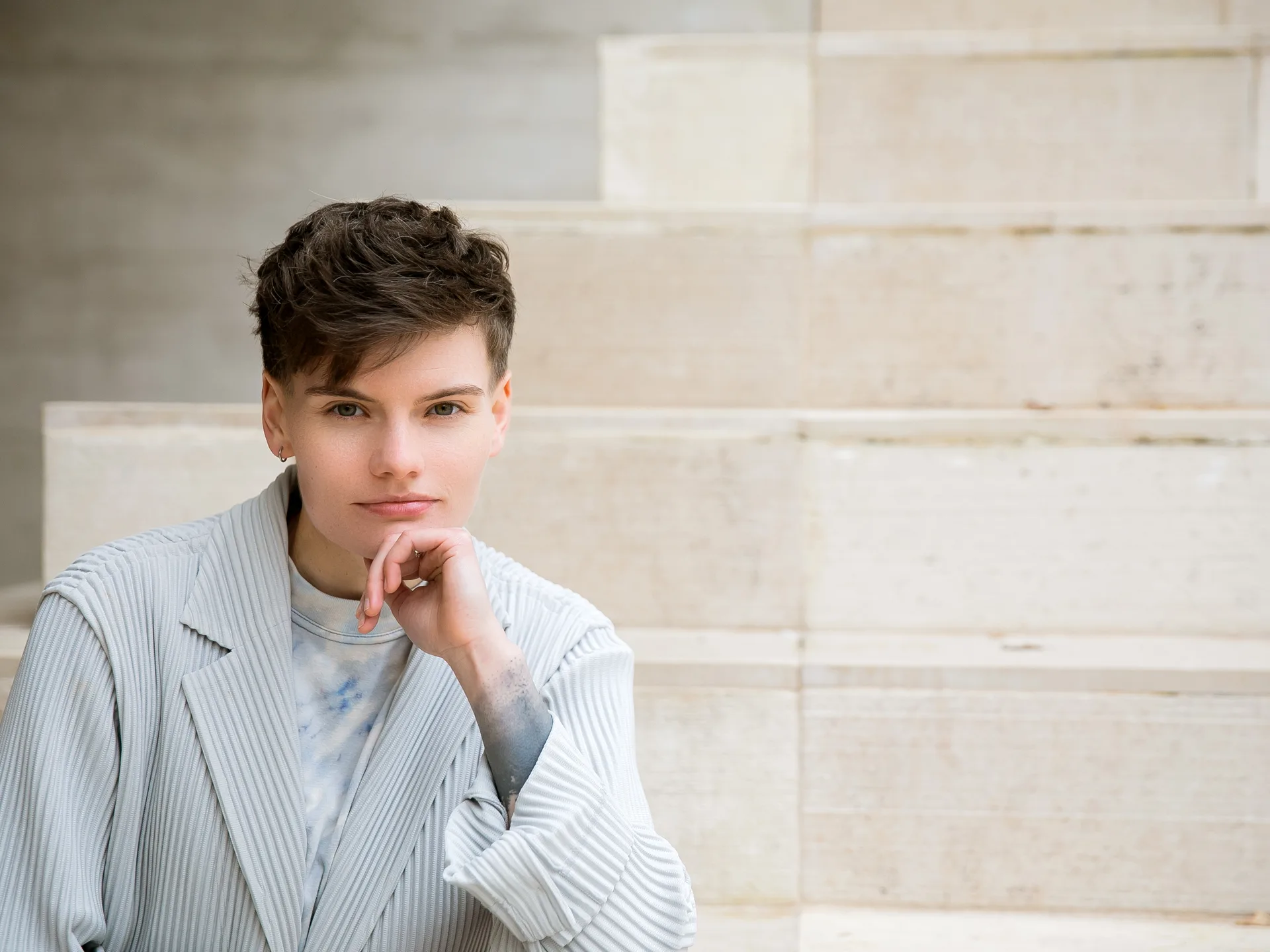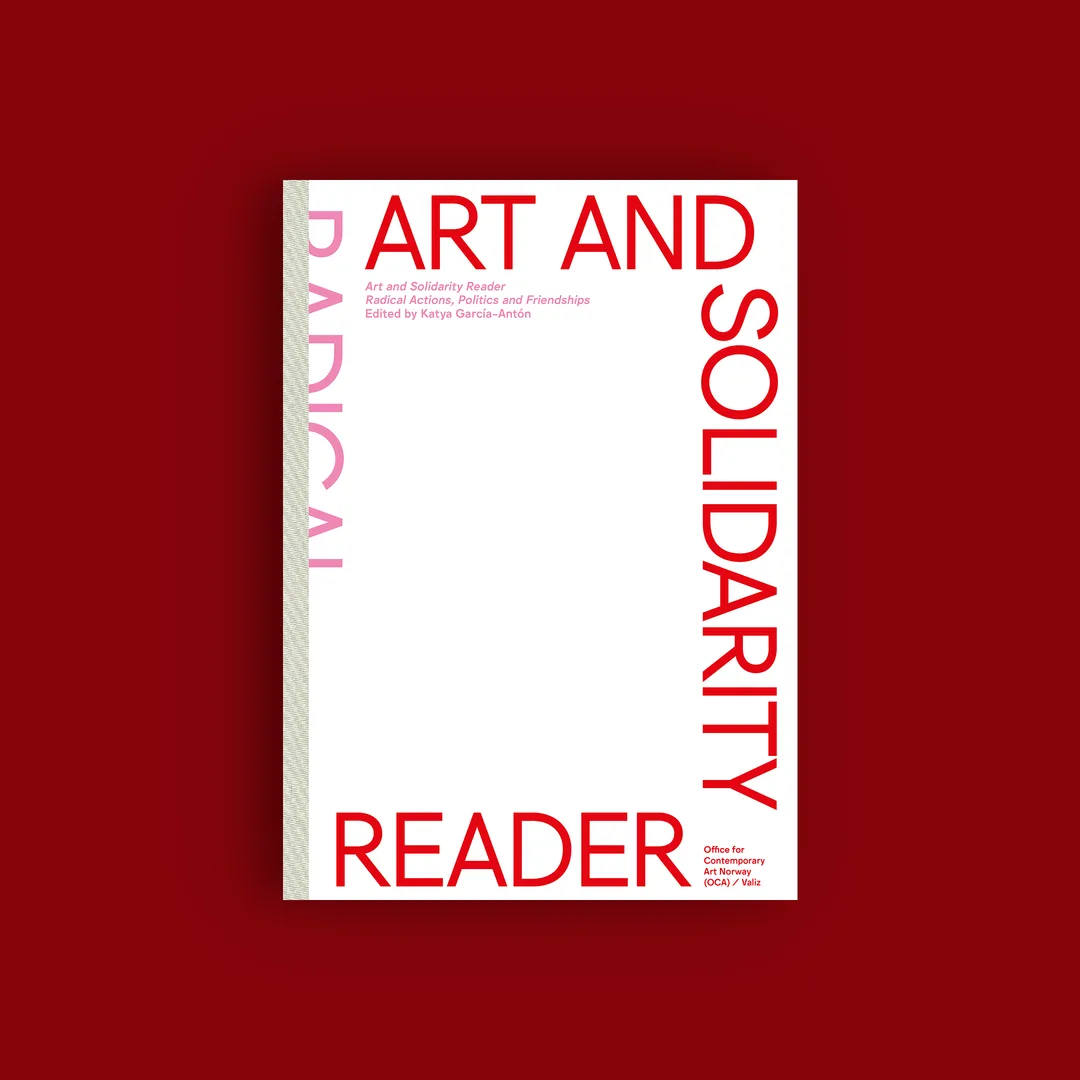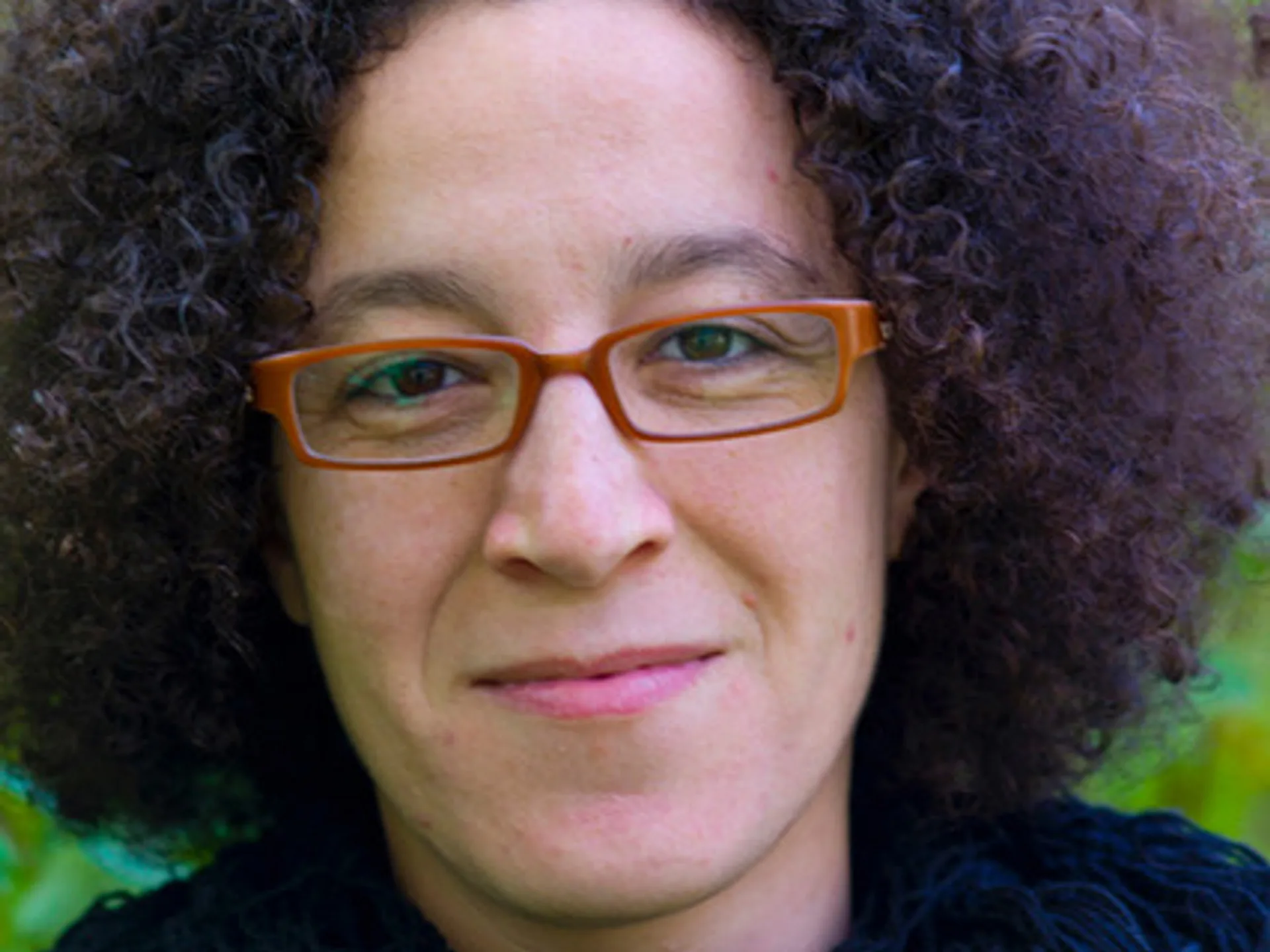
Toufoul Abou-Hodeib
Toufoul Abou-Hodeib is a Norwegian-Palestinian scholar and Associate Professor of History at the University of Oslo. Born and raised in Beirut, she received her graduate education at the University of Amsterdam and the University of Chicago. She is interested in material culture and the social and cultural history of the Levant, and is author of A Taste for Home: The Modern Middle Class in Ottoman Beirut (Stanford University Press, 2017).Abou-Hodeib contribution titled The Travelling Scarf and Other Stories. Art Networks, Politics and Friendships Between Palestine and Norway traces the personal relationships framing the artistic and political endeavours that led to the opening of the Palestinian Art Exhibition in Oslo’s Kunstnernes Hus (The Artist House) in 1981. Despite their geographic separation, the characters featuring in these three vignettes step on common ground in their belief that the personal is political. This sense of the personal also characterises the material aspect of their existence, where an artwork, a book, a scarf and other materials act as agents of interpersonal relationships, friendships and heart-to-heart commitments. Investigating how these objects came together across disparate geographies including Palestine, Norway, Japan and the US, amongst others, Abou-Hodeib highlights two timelines: firstly, the solidarity driven by the New Global Left in the 1970s that contributed to shifting Palestine’s image as a permanent refugee crisis zone towards one of anti-colonial sovereignty; and secondly, the development of cultural anti-imperialist work, especially emerging from the 1969 Pan-African Festival in Algiers (at the time dubbed ‘the Mecca of Revolution’) and culminating in the ground-breaking cultural international activities generated by the Plastic Arts Section of the PLO.
